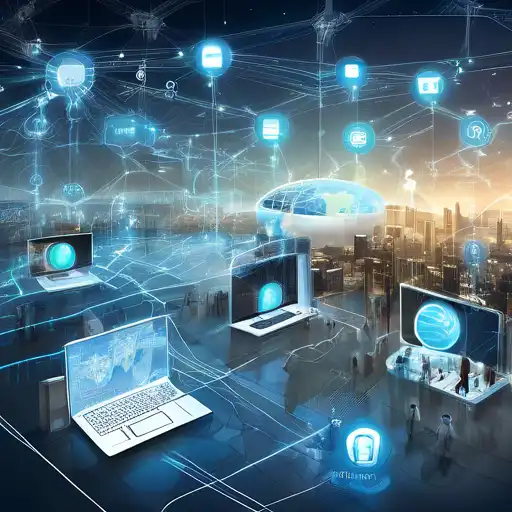The Internet of Things: Revolutionizing Global Connectivity
The Internet of Things (IoT) represents a transformative phase in the digital era, where everyday objects are connected to the internet, allowing them to send and receive data. This seamless integration of devices is not just enhancing efficiency but is also paving the way for innovative solutions across various sectors.
Understanding the Internet of Things
At its core, IoT is about connecting devices over the internet, enabling them to talk to us, applications, and each other. A simple example is a smart thermostat that learns your heating preferences and adjusts the temperature accordingly, saving energy and reducing costs.
The Impact of IoT on Daily Life
From smart homes that offer enhanced security and convenience to wearable devices that monitor health metrics, IoT is making life easier and more connected. Here are some ways IoT is impacting our daily lives:
- Smart Homes: Automated lighting, heating, and security systems that can be controlled remotely.
- Healthcare: Wearable devices that track heart rate, sleep patterns, and physical activity.
- Transportation: Connected vehicles that provide real-time traffic updates and route optimization.
- Retail: Smart shelves that detect when items are low and automatically reorder stock.
Challenges and Considerations
Despite its benefits, IoT faces challenges such as security vulnerabilities, privacy concerns, and the need for standardized protocols. Ensuring the security of connected devices and the data they transmit is paramount to gaining consumer trust and widespread adoption.
The Future of IoT
The potential of IoT is limitless, with advancements in AI and machine learning further enhancing its capabilities. As we move towards a more connected world, IoT will continue to play a pivotal role in shaping the future of technology and society.
For more insights into how technology is transforming our world, explore our technology trends section.
